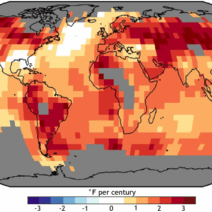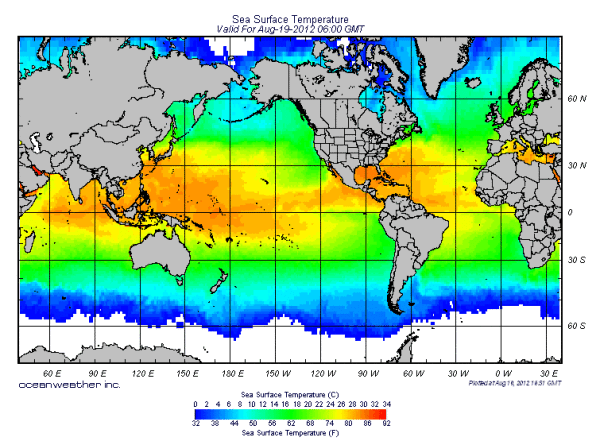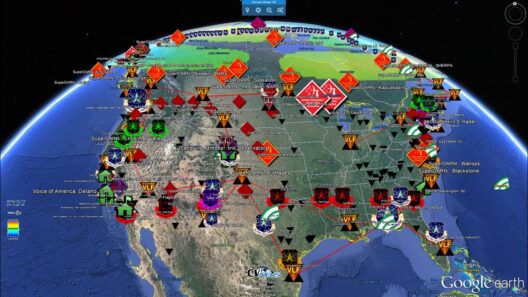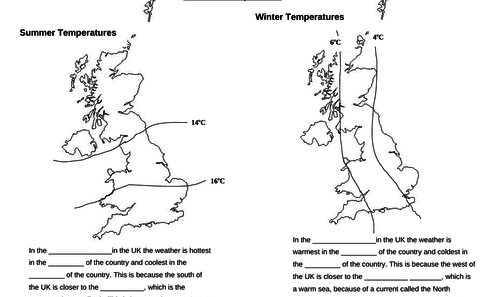The ocean biome, a vast expanse teeming with life, represents more than just a collection of saltwater. It is a complex and dynamic system that plays a pivotal role in shaping global climate and weather patterns. Understanding the climate of the ocean biome is critical, not just for marine life but for all life on Earth. The intricacies of marine weather remain a captivating and often enigmatic subject that continues to intrigue scientists and environmentalists alike.
To embark on this exploration, one must first grasp the fundamental characteristics that define oceanic climate. The climate of the ocean is largely influenced by its temperature, salinity, and currents. The interplay of these factors creates a myriad of microclimates within the ocean. For instance, the surface temperature of the ocean varies dramatically from the equator to the poles, with warmer waters in tropical regions fostering vibrant ecosystems, while the frigid temperatures near the poles support different forms of life, each uniquely adapted to their environment. This temperature gradient is also instrumental in driving global weather systems.
Marine weather is not merely a function of temperature. Salinity, the measure of salt concentration in seawater, is equally crucial. Variations in salinity can affect water density and, ultimately, ocean currents. Regions with high salinity, such as the Mediterranean Sea, can demonstrate unique weather phenomena. These weather variations can sometimes lead to the formation of storms more intense than those found in less saline waters.
The currents of the ocean, both surface and deep, act as immense transportation systems for heat and nutrients. The Gulf Stream, for example, conveys warm water from the tropics to the North Atlantic, significantly moderating the climate of Western Europe. Conversely, the cold currents, like the California Current, influence coastal climates, often resulting in cooler temperatures and unique weather patterns in nearby land areas. The understanding of ocean currents is instrumental when predicting weather phenomena, including hurricanes and El Niño events.
The concept of El Niño, commonly referred to in meteorological discussions, underscores the ocean’s influence on global weather. This periodic fluctuation in ocean temperatures can disrupt weather patterns worldwide, leading to droughts in some areas and excessive rainfall in others. The phenomenon serves as a prime example of how oceanic events can reverberate across continents, impacting agriculture, water supply, and even economic stability.
Another intriguing aspect of the ocean biome’s climate is the occurrence of marine fog. This weather phenomenon arises when warm, moist air passes over cooler waters, creating low-lying clouds that obscure visibility. Coastal regions, particularly those adjacent to cold currents, are susceptible to fog, which can affect shipping traffic and local ecosystems. The confluence of temperature, humidity, and wind patterns plays a crucial role in the formation of marine fog, reminding us of the ocean’s unpredictable nature.
Biologically, the climate of the ocean biome is more than a series of fluctuations; it is a life-sustaining force. Coral reefs, often dubbed the “rainforests of the sea,” exemplify the intricate relationship between climate and marine biodiversity. These ecosystems thrive in warm, clear waters, yet they are alarmingly sensitive to temperature changes. A mere increase of 1 to 2 degrees Celsius can lead to coral bleaching, a phenomenon where corals expel the symbiotic algae they rely on for nutrients. The connection between climate change and marine health thus becomes undeniable, highlighting the urgent need to mitigate rising ocean temperatures globally.
Additionally, the ocean biome includes an enigmatic and bewildering phenomenon known as marine stratification, where layers of water form, differing in temperature and salinity. This stratification affects nutrient availability and the distribution of marine life. Understanding how these layers interact can elucidate mysteries surrounding fish populations and the health of marine ecosystems.
The unique climate zones within the ocean biome also provide insight into the impacts of climate change. As greenhouse gas concentrations rise, oceans absorb a significant portion of carbon dioxide, leading to ocean acidification. This gradual alteration in ocean chemistry poses a threat to calcifying organisms, such as shellfish and corals, and can disrupt entire marine food webs. The implications are profound, extending beyond the horizon of the ocean to impact terrestrial species, including humans.
The ocean biome acts as the planet’s climate regulator, absorbing heat and carbon dioxide and, in turn, influencing weather patterns. Its vastness and depth remain shrouded in mystery, yet studies reveal that the ocean is inextricably linked to human life and environmental health. Protecting this biome is paramount, and understanding its climate intricacies equips us with the knowledge needed to combat climate change effectively.
In conclusion, the climate of the ocean biome is a tapestry woven from temperatures, salinity, currents, and diverse ecological interactions. It is a realm where mysteries abound, beckoning exploration and understanding. As we confront the challenges posed by climate change, the ocean offers both vital lessons and a call to action. Embracing this knowledge can inspire a shift in perspective and motivate the global community to preserve this invaluable resource, ensuring a thriving planet for generations to come.








